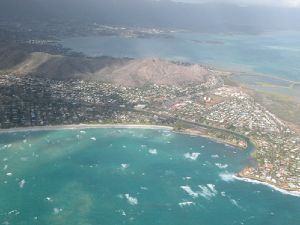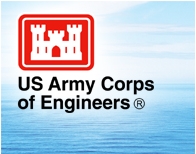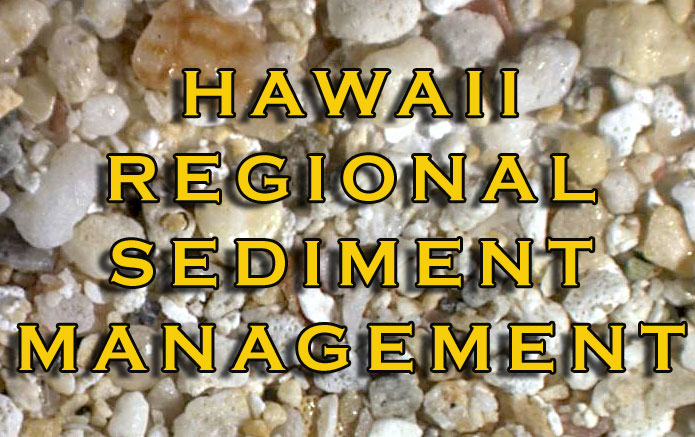
Although the term "regional sediment
management" is relatively a new concept, recognition of the regional nature of
coastal processes and the regional influence of coastal engineering projects
is not. The inter-relationship between navigation projects and contiguous
beaches came to light as early as the 1930’s (Brooke 1934). The first sand
bypass systems designed to reinstate net long-shore sand transport down-drift of
navigation projects were put into operation in the mid-1930’s at Santa
Barbara, California (Penfield 1960) and South Lake Worth Inlet, Florida
(Caldwell 1951). What is new today is that the U.S. Army Corps of Engineers
(USACE) is pursuing RSM by collaborating with state and local governments to
manage sediments over regions encompassing multiple projects.
In October 1999, the USACE began a RSM demonstration
program for the Northern Gulf of Mexico, which is directed by the
Mobile
District. In November 2000, five additional demonstration sites were
initiated: Northeast Florida (Jacksonville
District), New Jersey Shore (Philadelphia
District), South Shore of Long Island (New
York District), Southeast Lake Michigan (Detroit
District), and Southern California (South
Pacific Division). Since this time, many other Corps Districts have
gotten involved with the RSM, including the Honolulu District in 2004.


